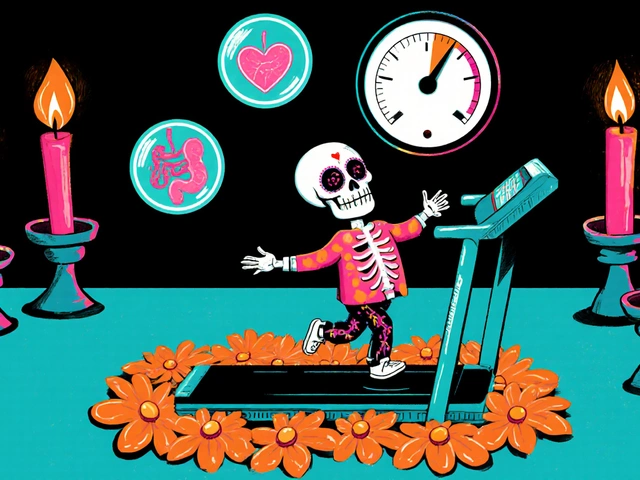Overactive bladder: quick help, real treatments, and what to expect
Do you rush to the bathroom more than you used to? That sudden urge that won’t wait, waking at night to pee, or leaking on the way to the toilet are common signs of overactive bladder (OAB). The good news: many people get real improvement with simple habits, exercises, or medicines.
First step: track. Keep a bladder diary for 3 days—note how much you drink, when you go, leaks, and how strong the urge felt. That helps your doctor and shows patterns you can fix fast.
Practical home strategies that work
Try timed voiding: pick a schedule (every 1–2 hours) and stick to it. Gradually add 15 minutes between trips to train the bladder. Cut back on bladder irritants—caffeine, alcohol, acidic drinks, and spicy foods can make urgency worse. Don’t overdo fluids, but also don’t restrict them too much; aim for steady hydration spread through the day.
Pelvic floor exercises (Kegels) are simple and effective. To find the right muscles, stop your urine midstream once—those are the muscles you squeeze. Do sets of 10 squeezes, holding 5–10 seconds each, three times a day. Over time, this helps stop urgency and reduces leaks.
Manage constipation and weight. Hard stools push on the bladder and make symptoms worse. Even a small weight loss can lower pressure on the pelvic floor and improve control.
Medical options and what to expect
If lifestyle steps aren’t enough, medications can help. Antimuscarinics like oxybutynin and tolterodine calm bladder overactivity but can cause dry mouth, constipation, and blurry vision. Mirabegron works differently and often has fewer dry-mouth side effects, but it can raise blood pressure—so your doctor will check your readings.
For persistent cases, procedures exist. Botox (onabotulinumtoxinA) injected into the bladder reduces contractions for months, though some people may need a catheter for a short time after. Sacral neuromodulation uses a small device to gently stimulate nerves that control the bladder. Percutaneous tibial nerve stimulation is a less invasive option with weekly sessions initially.
How doctors diagnose OAB: a medical history, bladder diary, urinalysis to rule out infection, and sometimes post-void residual measurement or urodynamic tests if the diagnosis is unclear.
See a doctor right away if you have severe pain, blood in urine, fever, or can’t urinate. Otherwise, start with diary tracking and simple fixes, and ask your doctor about pelvic floor therapy or a medication trial if you still struggle.
Small changes often make a big difference. A few weeks of bladder training plus targeted exercises and the right medical support usually helps most people regain control and sleep better at night.

As someone who's dealt with overactive bladder symptoms, I can't stress enough the importance of finding effective ways to manage them. One medication that's been a game changer for me is Darifenacin. This drug works by relaxing the muscles in the bladder, reducing the frequency and urgency of urination. Since I started taking Darifenacin, I've noticed a significant improvement in my bladder control and overall quality of life. If you're struggling with overactive bladder symptoms, it might be worth asking your doctor about Darifenacin as a potential treatment option.
Chris Gore Apr 30, 2023




